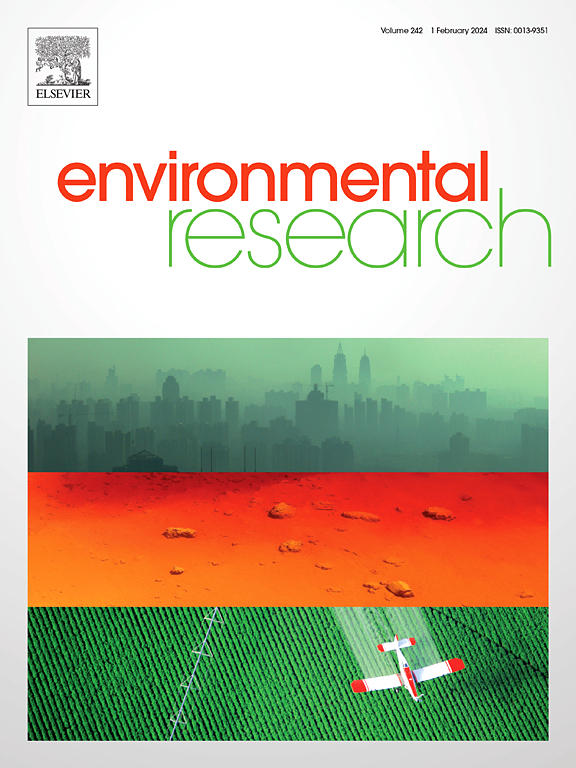Acid-induced Fe3O4 active sites coupled with visible- light-perdisulfate activation efficiently degrades Bisphenol A
IF 7.7
2区 环境科学与生态学
Q1 ENVIRONMENTAL SCIENCES
引用次数: 0
Abstract
The HCl-modified Fe3O4 catalyst effectively activated peroxodisulfate (PDS) under visible light irradiation. Within 80 min, under the optimal reaction conditions, the catalyst achieved a degradation efficiency of 92.50 % for Bisphenol A (BPA) and removed 89.82 % of total organic carbon (TOC). The degradation rate was increased by 11.79 % compared with that of the unmodified Fe3O4 catalyst. This improvement in performance can be attributed to the enhanced dispersion of the catalyst, the elevated surface potential under visible light irradiation, and synergistic effects between free radicals (; ) and non-free radicals (e−, ). After five consecutive cycles, the catalytic activity remained above 84 %, demonstrating excellent recyclability and stability. Additionally, the catalyst exhibited tolerance to various anions and low concentrations of humic acid. The system demonstrates promising broad-spectrum degradation capabilities for phenolic compounds, antibiotics, and other environmental pollutants.

酸诱导的Fe3O4活性位点结合可见光-过硫酸活化有效降解双酚A。
盐酸修饰的Fe3O4催化剂在可见光照射下能有效活化过硫酸氢盐(PDS)。在最佳反应条件下,在80 min内,该催化剂对双酚a (BPA)的降解效率达到92.50%,对总有机碳(TOC)的去除率达到89.82%。与未改性的Fe3O4催化剂相比,降解率提高了11.79%。这种性能的提高可归因于催化剂的分散性增强,可见光照射下表面电位的提高,以及自由基(,)和非自由基(e-,)之间的协同作用。连续5次循环后,催化活性保持在84%以上,具有良好的可回收性和稳定性。此外,该催化剂表现出对各种阴离子和低浓度腐植酸的耐受性。该系统对酚类化合物、抗生素和其他环境污染物具有广谱降解能力。
本文章由计算机程序翻译,如有差异,请以英文原文为准。
求助全文
约1分钟内获得全文
求助全文
来源期刊

Environmental Research
环境科学-公共卫生、环境卫生与职业卫生
CiteScore
12.60
自引率
8.40%
发文量
2480
审稿时长
4.7 months
期刊介绍:
The Environmental Research journal presents a broad range of interdisciplinary research, focused on addressing worldwide environmental concerns and featuring innovative findings. Our publication strives to explore relevant anthropogenic issues across various environmental sectors, showcasing practical applications in real-life settings.
 求助内容:
求助内容: 应助结果提醒方式:
应助结果提醒方式:


